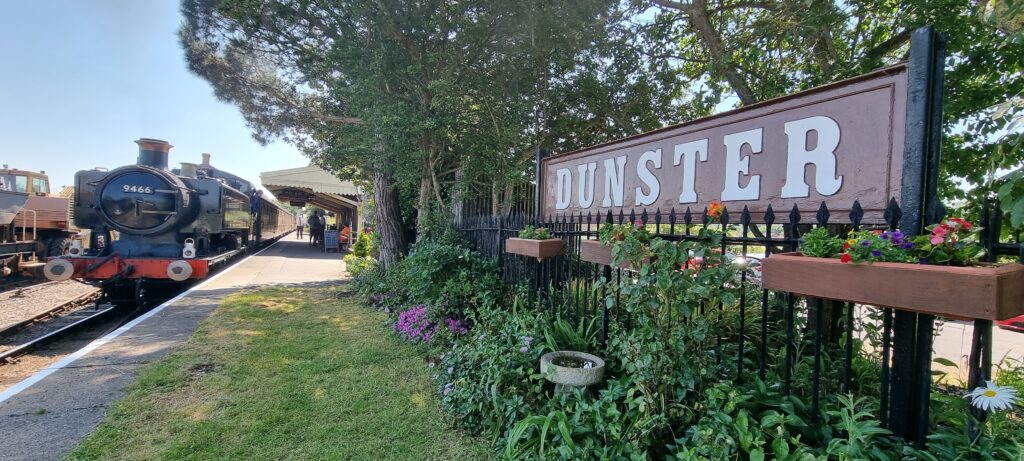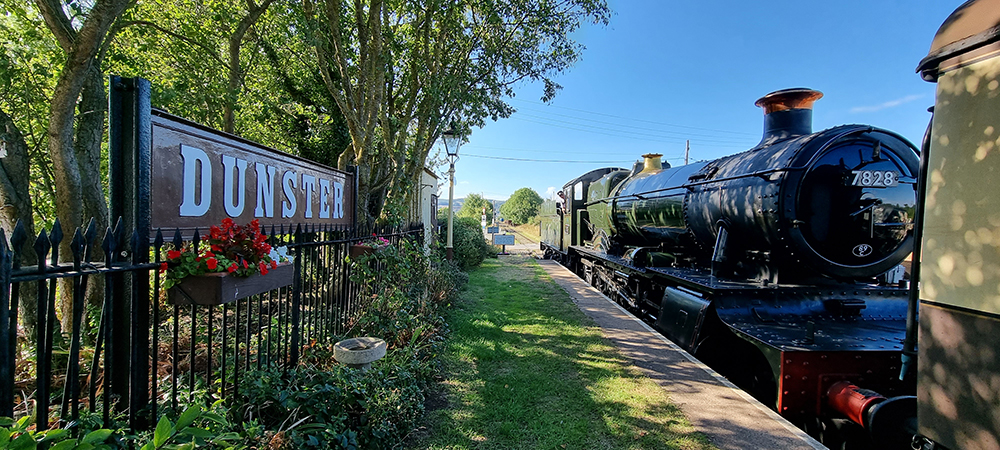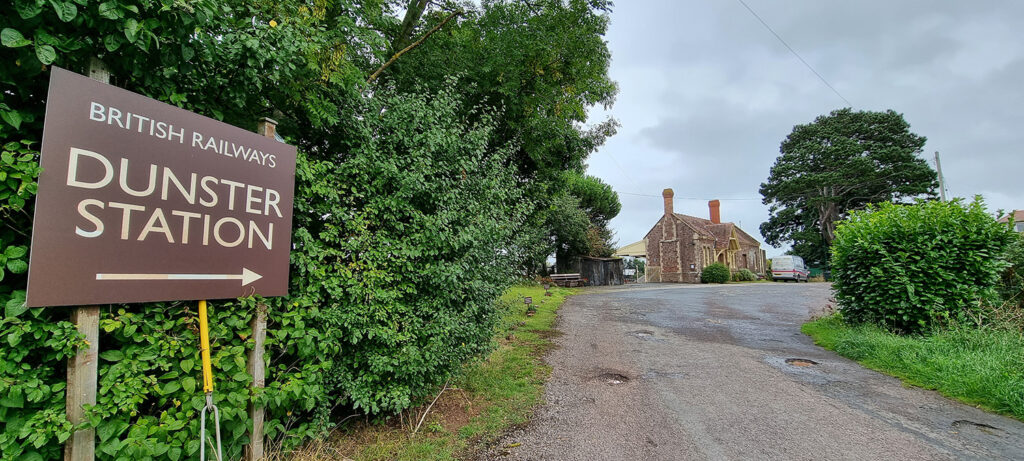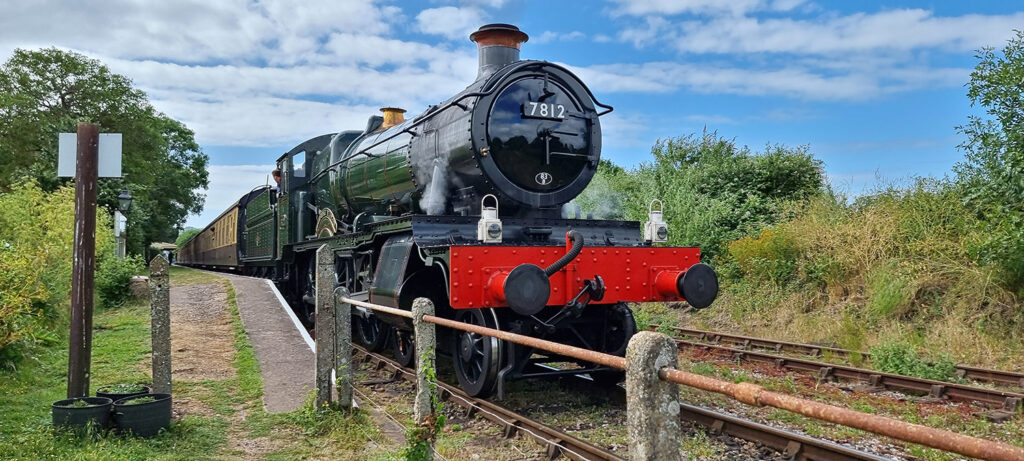Spring Steam & Summer Diesel Spectacular 2025
Get ready for an unforgettable season of heritage railway celebrations! This year, The West Somerset Railway are hosting two spectacular events that will thrill both steam and diesel enthusiasts alike. Whether you’re a dedicated railway fan or looking for a unique day out with the family, the Spring Steam Spectacular and Summer Diesel Festival offer an action-packed experience filled with historic locomotives, rare railway journeys, and plenty of nostalgia. Spring Steam Spectacular (May 2nd – May 5th, 2025) Step back in time and immerse yourself in the golden age of steam as we kick off our Spring Steam Spectacular! Running from Friday, May 2nd, to Bank Holiday Monday, May 5th, this event is extra special as it forms a major part of the Railway 200 celebrations, marking 200 years of the modern railway. Throughout the weekend, expect a feast of steam action with a variety of historic locomotives in operation. Our home fleet will be joined by visiting engines from different railway companies, working hard to haul a variety of services through the stunning Quantock Hills and along the scenic Bristol Channel. A busy timetable will be in place from early morning until late evening, allowing visitors to travel behind multiple locomotives, hop on and off at different stations, and experience everything from local passenger trains to thrilling express journeys. You’ll even have the rare chance to travel on the Bishops Lydeard to Norton Fitzwarren section, which is not usually open to passengers. Don’t forget your camera – there will be heritage displays, model railways, and museum exhibits along the line to explore! Confirmed Steam Locomotives: LMS ‘Jubilee’ Class 4-6-0 No.45596 ‘Bahamas’ London Brighton and South Coast Railway A1 Class ‘Terrier’ No.72 ‘Fenchurch’ GWR 28XX No.2807 GWR 66XX class 0-6-2 No.6695 2-6-0 9351 Class (WSR Mogul) No. 9351 GWR Manor Class 4-6-0 7812 ‘Erlestoke Manor’ BR(W) Manor Class 4-6-0 7828 ‘Odney Manor’ Additional guest locomotives will be announced soon! Summer Diesel Festival (June 5th – June 8th, 2025) Just a few weeks later, we switch gears for our Summer Diesel Festival, running from Thursday, June 5th, to Saturday, June 7th, with an exciting Mixed Traction Day on Sunday, June 8th. This is an annual celebration of heritage diesel power, featuring an impressive line-up of classic locomotives from both the home fleet and special visiting guests. These powerful machines, maintained by the Diesel and Electric Preservation Group (DEPG) at Williton, will operate an intensive timetable across all four days, giving visitors plenty of opportunities to experience them in action. On Sunday, June 8th, our Mixed Traction Day will combine steam and diesel locomotives for a truly unique experience. Plus, the West Somerset Railway are offering a special “Kids for a Quid” deal on pre-booked child rover tickets for this day only! The Williton Depot Centre will also be open during the event, giving visitors a behind-the-scenes look at the restoration and maintenance of our vintage diesel fleet. Entry is by donation, supporting the continued preservation of these incredible machines. Confirmed Diesel Locomotives: Class 52 ‘Western’ No. D1015 ‘Western Champion’ Class 45 ‘Peak’ No. 45108 Additional guest locomotives will be announced soon! Book Your Tickets Now! Advance tickets are now available at a discounted rate, so book early to secure your place at these fantastic events. Don’t miss the chance to celebrate 200 years of railway history with us this spring and summer – whether you love the sights and sounds of steam or the raw power of diesels, there’s something for everyone!
Spring Steam & Summer Diesel Spectacular 2025 Read More »








